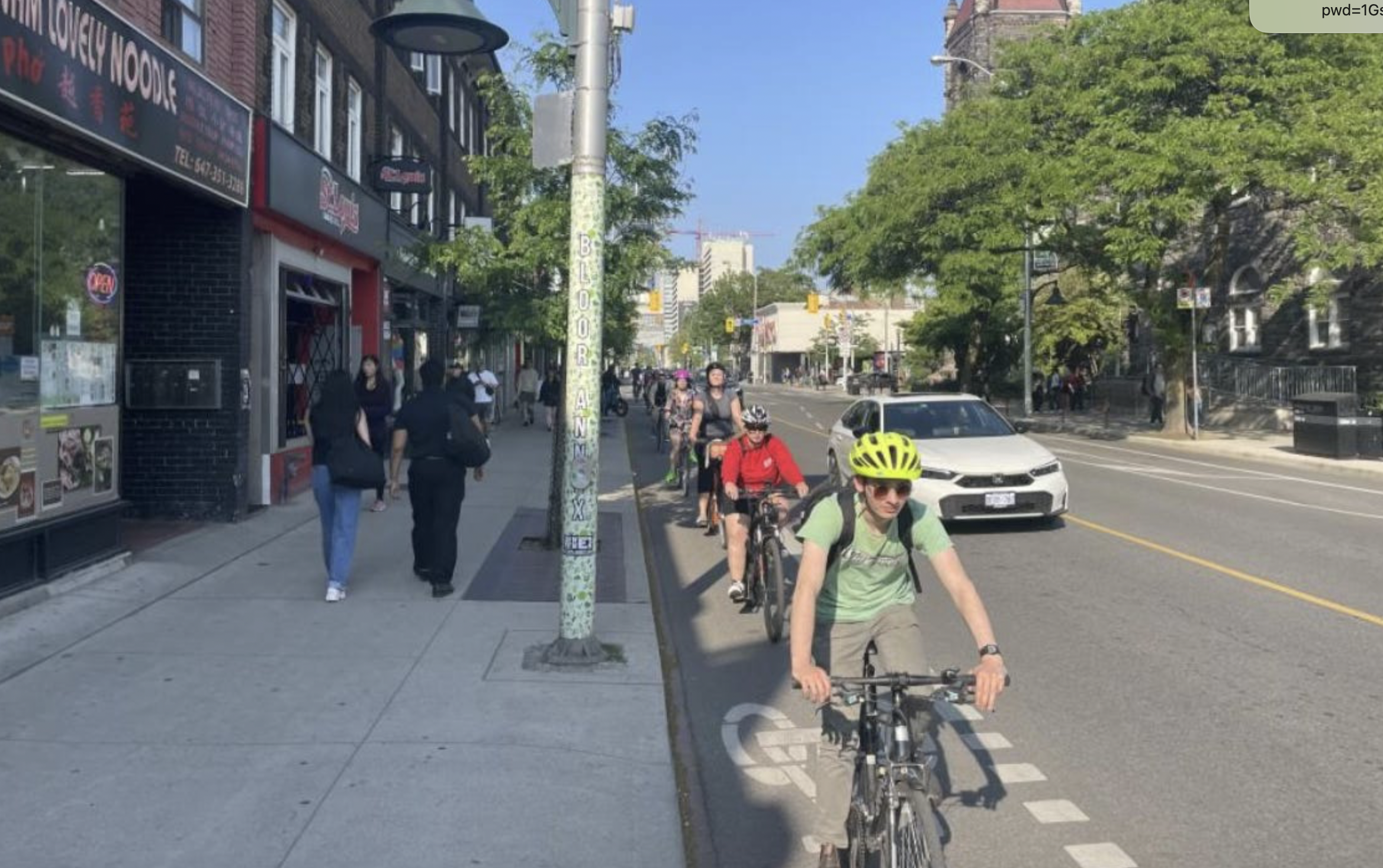- Transit agencies all over the world are putting stickers on station floors to show people how far apart to stand, running longer trains so passengers can spread out and disinfecting vehicles every day as they prepare for people to start returning to work (Associated Press). Bikes are booming as a post-coronavirus transportation option (New York Times). But bikes were booming in the 1970s, too — and that trend didn’t last. (Forbes)
- Coronavirus could threaten future public-private infrastructure projects. (Eno Center for Transportation)
- Uber is going to start requiring drivers and passengers to wear masks. (The Verge)
- New York Magazine thinks Lyft is going away, and Uber will be a smaller company after the coronavirus pandemic.
- Infrastructure Week, Part 3,476. (The Hill)
- The companies building Maryland's Purple Line are threatening to walk away from the project because the state hasn't paid for delays and cost overruns. (Washington Post)
- With people driving less, toll collections in Pennsylvania are down, threatening $178 million for Philadelphia transit upgrades. (WIFT)
- A light rail extension in Buffalo would cost $1 billion. The Federal Transit Administration told the city to look at cheaper bus rapid transit instead. (News)
- Lyft, which is laying off almost 1,000 employees, is pulling scooters out of San Jose, Oakland and Austin, Texas. (East Bay Times)
- As a condition of a coronavirus relief package, Air France is no longer allowed to compete with train trips that last two-and-a-half hours or less (International Rail Journal). That could work here, of course, except we don't have high-speed rail.
Streetsblog
Tuesday’s Headlines From Around the Nation
Stay in touch
Sign up for our free newsletter
More from Streetsblog USA
Wednesday’s Headlines Are for the Children
From mothers with babies in strollers to preteens on bikes, much of the U.S. is hostile to families just trying to get around without a car.
Trump Priorities Spark Sudden Reorganization of Key Transportation Research Body
"It's [an] unprecedented overreach into science."
Ambulance Data Reveals That Boston Drivers Are 4 Times More Likely to Run Over Pedestrians From Black Neighborhoods
"Overall, residents of predominantly Black and Latino neighborhoods are about four times more likely than residents of predominantly white neighborhoods to be struck as a pedestrian."
Tuesday’s Sprawling Headlines
Sprawl seems to be having a moment, but it remains a very shortsighted and environmentally disastrous way to solve the housing crisis.
Does Constant Driving Really Make Our Country Richer?
A new study reveals that constant driving is making America less productive and prosperous — and getting people on other modes could help right the ship.
This Threatened Toronto Bike Lane Gets More Rush Hour Traffic Than the Car Lane
Toronto leadership claim "no one bikes" on their cities' paths — but the data shows otherwise.





